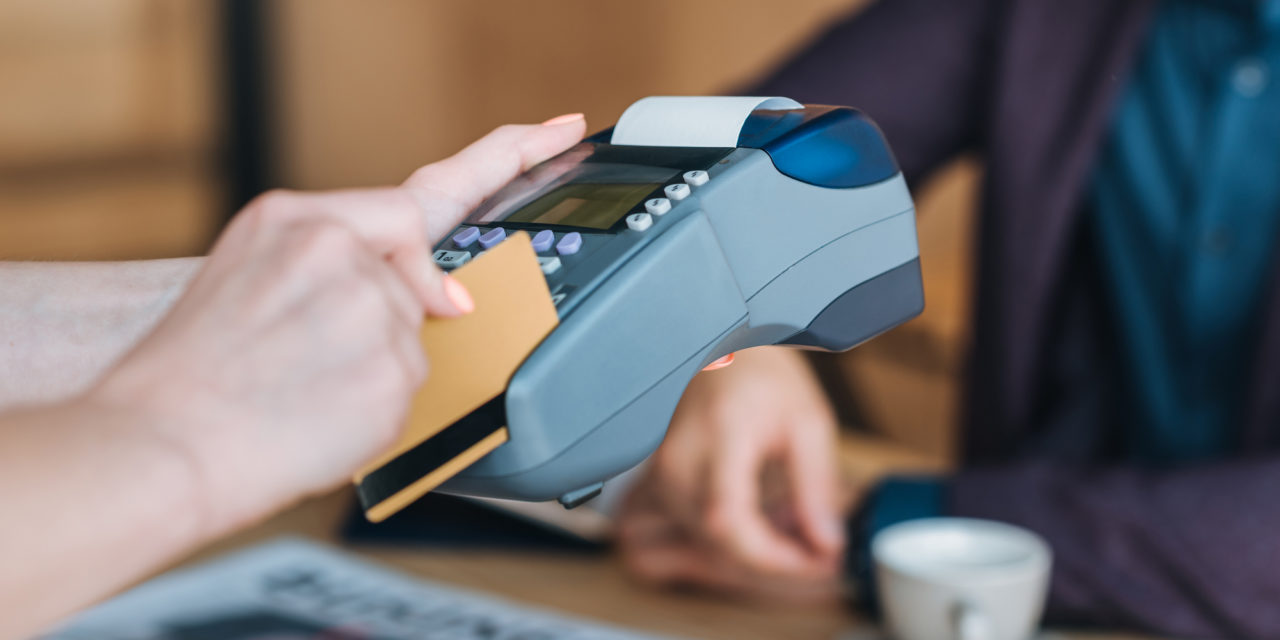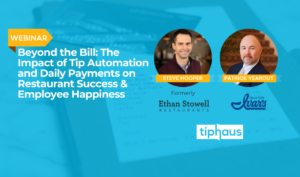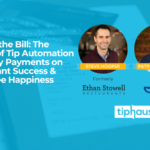Attentive, proactive customer service can be a great way to prevent chargebacks from happening. When a customer knows they can get help from the merchant when they’re dissatisfied with a purchase, they’re less likely to take the complaint straight to their card-issuing bank. Additionally, emails and other customer correspondence can serve as evidence in your favor when customers engage in friendly fraud.
By monitoring your customers’ purchase activity, you can see patterns emerging in terms of product returns, sales numbers, and issuer charges. This can help you identify transactions that have a higher likelihood of turning into chargebacks, and you can document and preserve evidence accordingly.
While there can be a lot of complex chargeback scenarios that can stump a business, check out this Q&A that answers four questions we are frequently asked.
Q. How does response time matter?
A. Every time a customer or card-issuing bank sets a chargeback request into motion, the clock starts ticking on your ability to gather and present evidence to refute the chargeback. Prompt response preserves your right to have the chargeback reviewed, and including any and all evidence upfront gives you the best chance of fully meeting the allotted timeframe for the refute to be considered.
But unforeseen circumstances could delay the delivery of your response and insufficient evidence can drag out a timeline. If delivery gets pushed past beyond the allowed window, you will automatically forfeit the dispute. Finally, if no resolution can be reached and you can show that you did all that was expected of you, be sure to react immediately if the dispute results in a chargeback – it’s a matter of protecting your business reputation.[/blockquote]
Q. What should you expect when issuing partial credit?
A. A cardholder has the right to file a chargeback for either the full or partial amount of a transaction. The most common reasons for a partial amount chargeback are because the cardholder received and used a portion of the services or merchandise, the cardholder was not issued a full credit, the cardholder only has an objection to a portion of the purchase, or the merchant overcharged the card and the cardholder only disputes the excess.
Clear communication with a customer upfront on why a partial credit was issued rather than full credit, and training employees to clearly explain proper cancellation and return processes, and maintaining detailed records of the transaction can help reduce chargebacks for partial credit.[/blockquote]
Q. How do you protect yourself in fallback transactions?
A. A fallback transaction occurs when a chip-enabled card cannot be authorized by an EMV-ready terminal. As a result, the cashier must use the less secure magstripe card swipe method to capture the transaction authorization—falling back to an older process. This action prevents you from losing the sale, but bypassing the proper EMV procedure opens your business up to fraudulent chargeback risk.
In fact, fraudsters intentionally create faulty EMV chip cards or damage the chip in legitimate cards to force a magstripe swipe. They know that cashiers don’t always follow fallback protection processes, which include identifying the transaction as an EMV fallback, authorizing it online, and getting it approved by the issuing bank before completing the transaction.[/blockquote]
This article was originally published in Elavon’s Payment Smart newsletter. The Washington Hospitality Association’s payments processing system is backed by U.S. Bank/Elavon.



















![[Class, May 20] ServSafe Manager, Kent](https://wahospitality.org/wp-content/uploads/2018/07/CALEND1-150x150.png)








